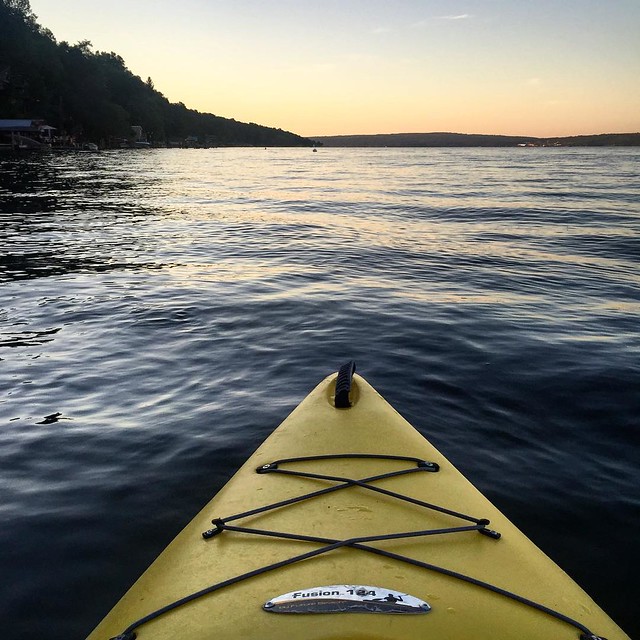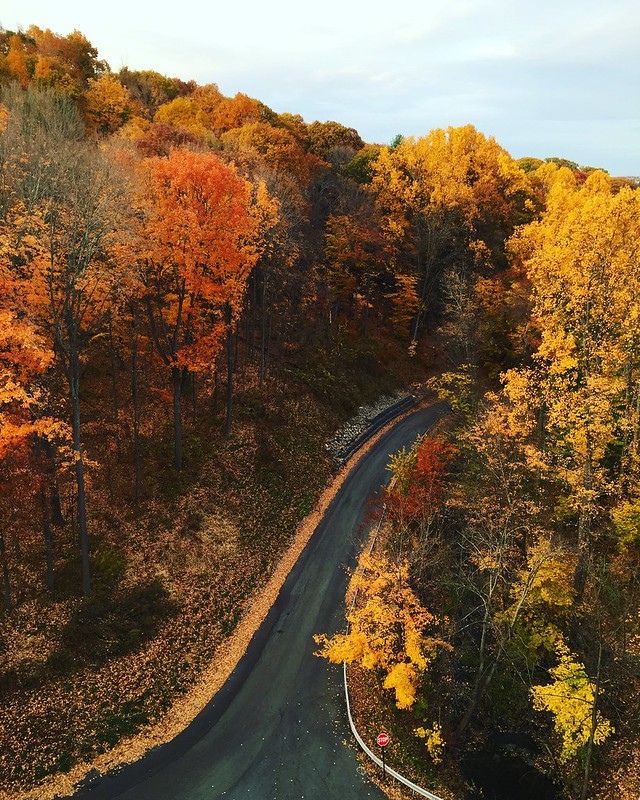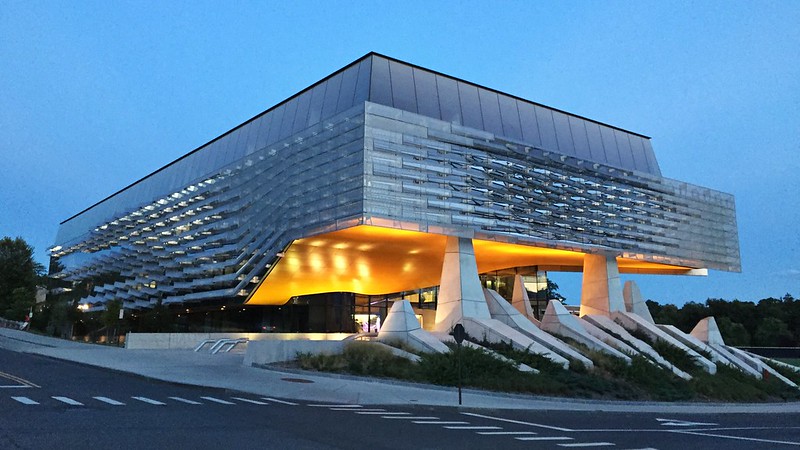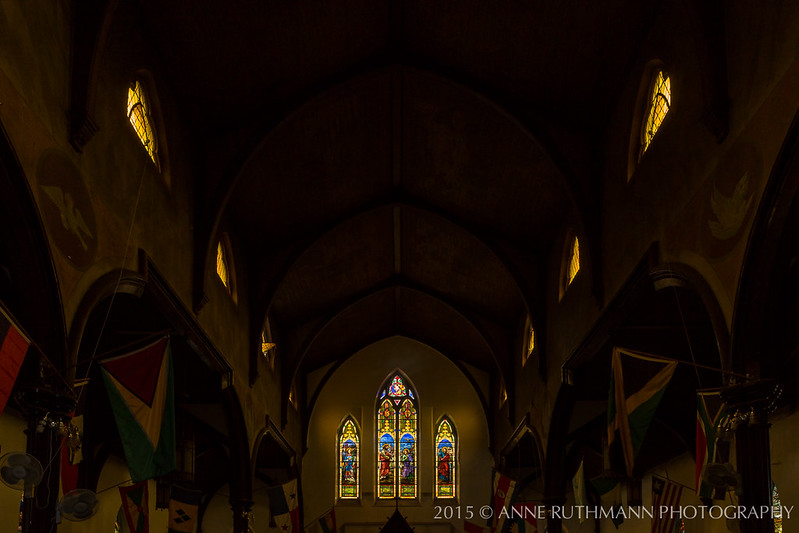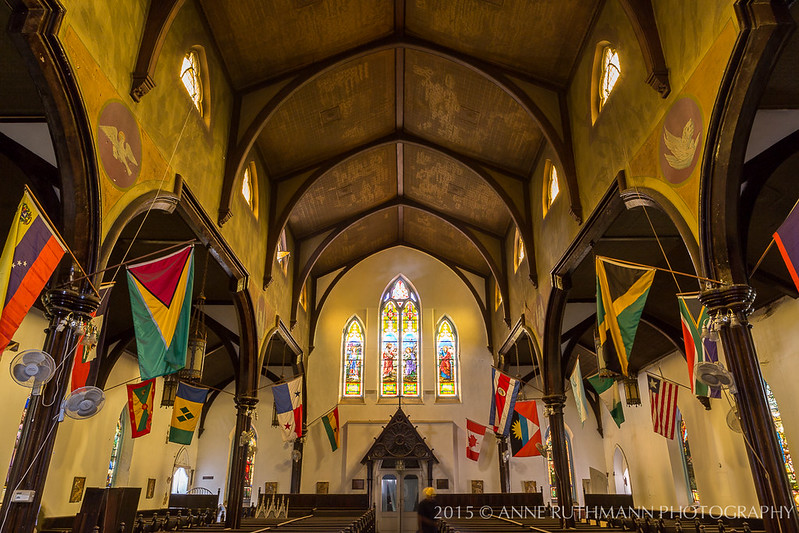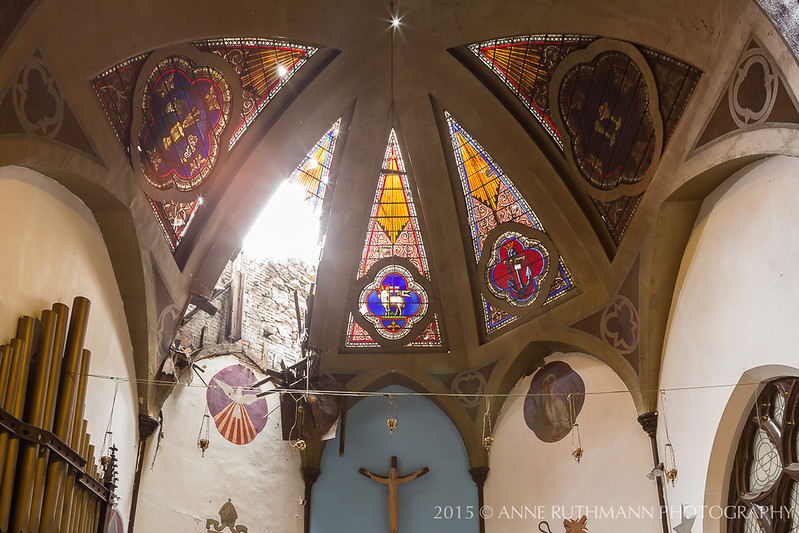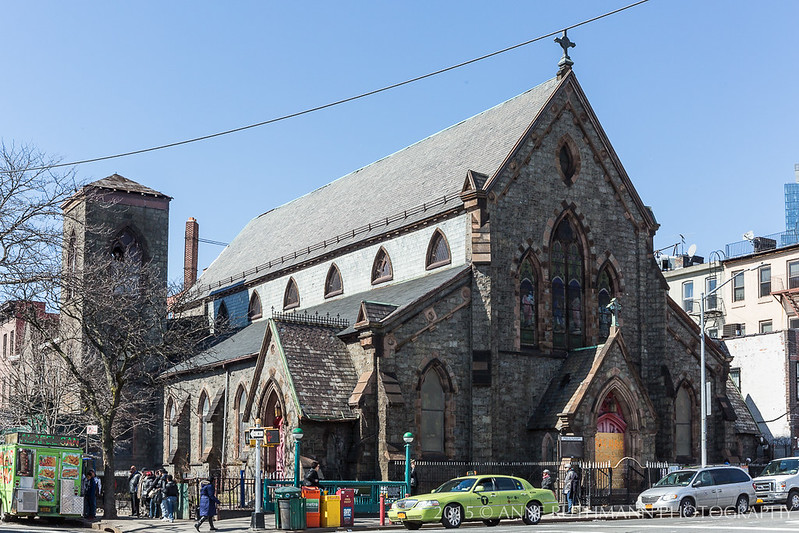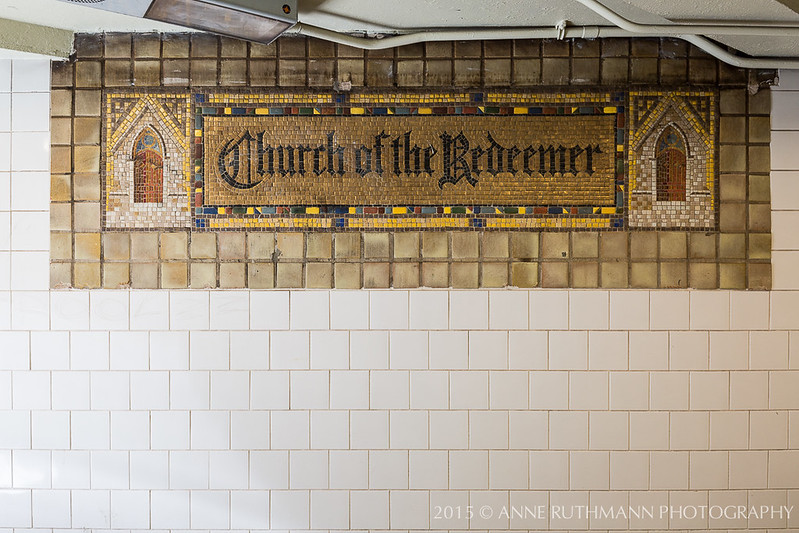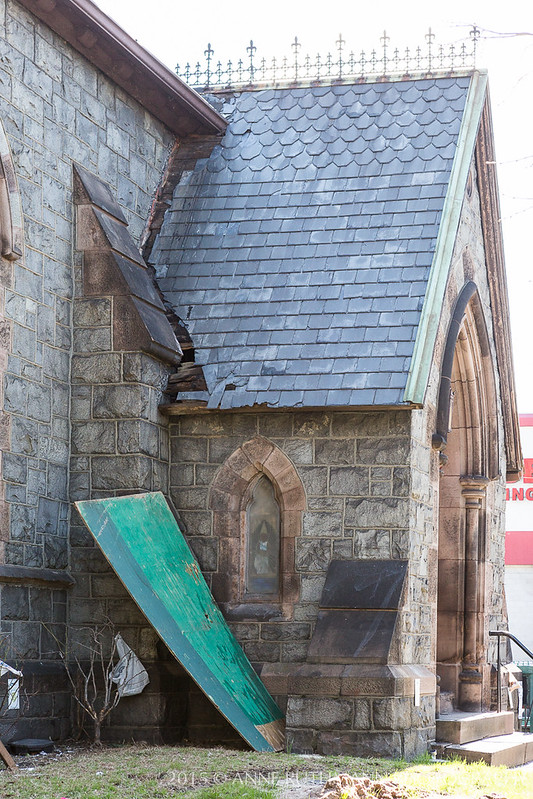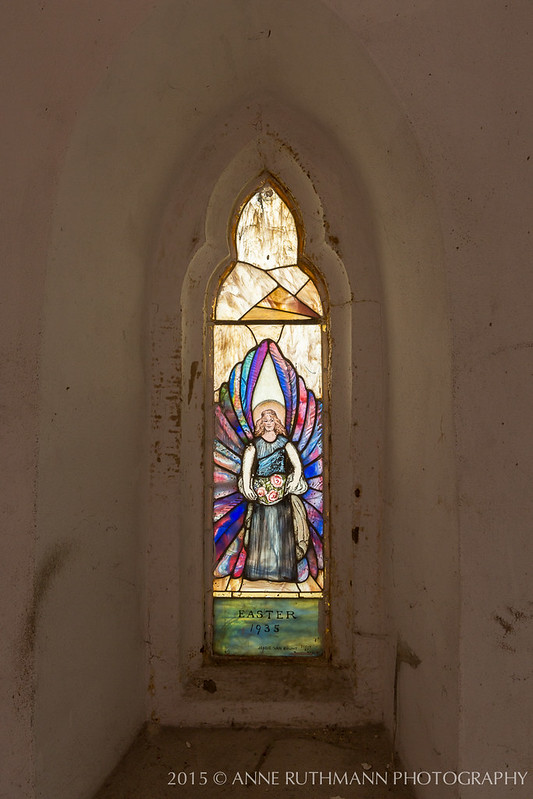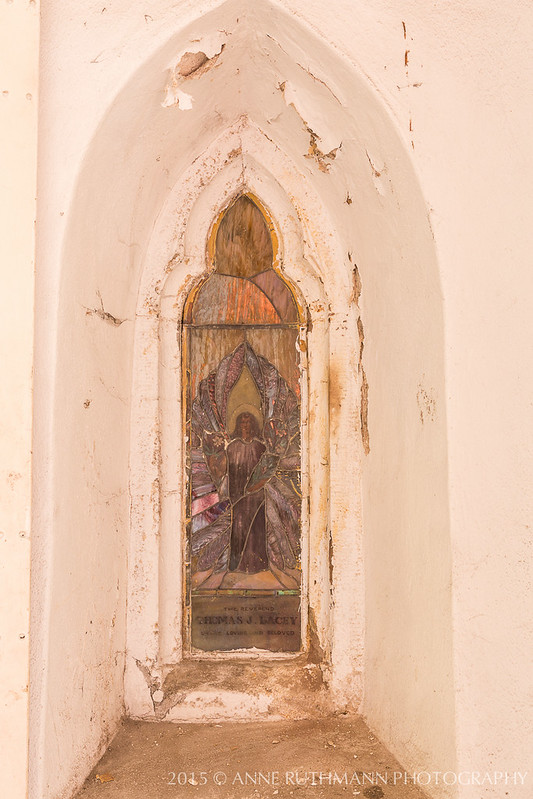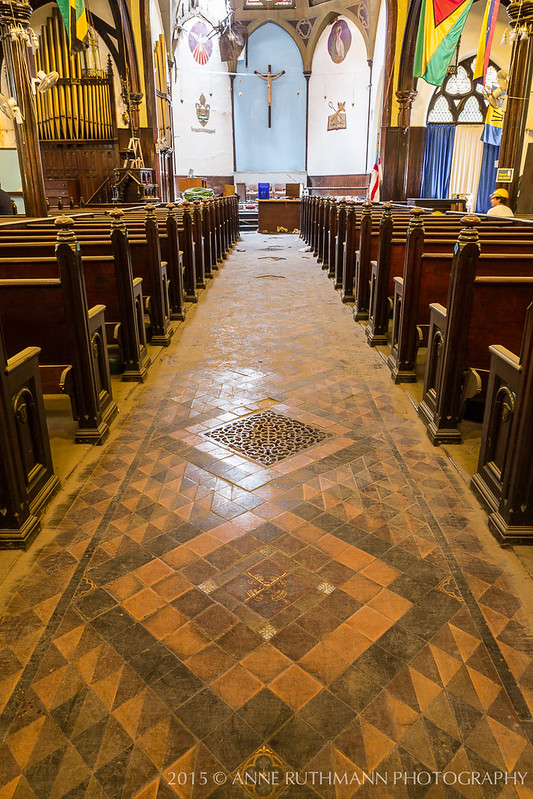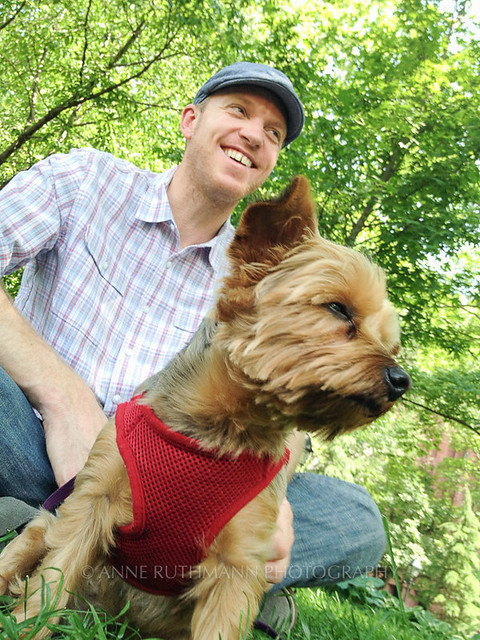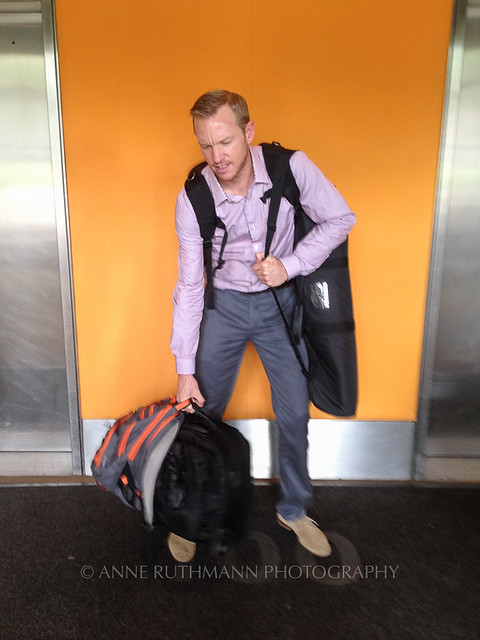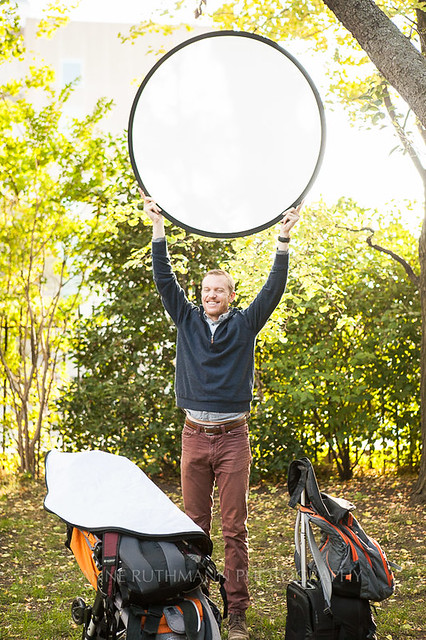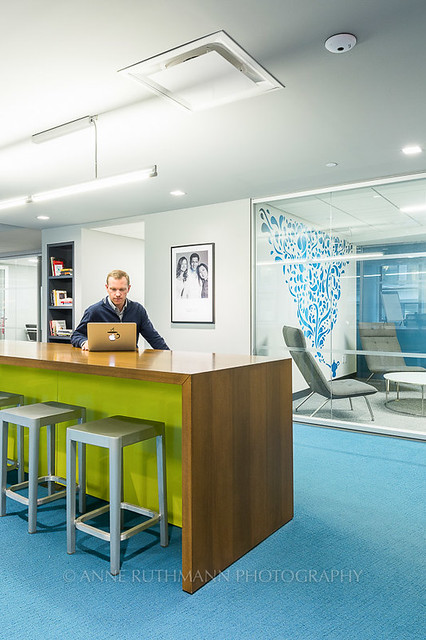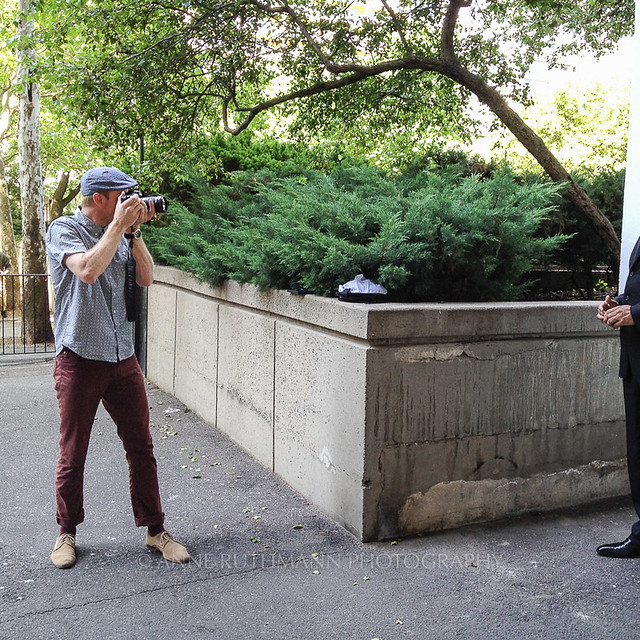At the end of 2014, I was still settling into this big little urban island and wrote about a lot of the things that impacted me after living in NYC for a year. However, after a second year of living here and getting used to all of the not-so-awesome parts, I've started to appreciate the benefits and bonuses that make this a really desirable place to stay beyond a short visit. Here are a few of the ways that New York City, but particularly Manhattan, has spoiled me as a resident:
1. 24 Hour Delivery For Just About Anything
3am craving for ice cream and don't want to get out of your PJs? Seamless Delivery. Staying home sick and need someone to go grocery and toilet paper shopping for you? Instacart Delivery. Found a couch on craigslist but don't have a car? Uship Delivery. Don't feel like waking up early and standing in line for a cronut or SNL tickets? TaskRabbit. NYC is a city full of people who don't have cars and whose kitchens rarely do more than chill wine and leftovers- so delivery services are abundant for just about anything you need.
2. Top Chefs in Every Food Category
This city is a foodie's paradise. From awesomely cheap street food to five star over-the-top meals, there's no shortage of amazing chefs and restaurants in this city. People don't consider service jobs to be a career choice in other parts of the country or world, but here, you may get poached and recruited to be a star bartender or barista if you make a point of going above and beyond in your service. I know bartenders whose salaries make people wish they'd never taken out a student loan.
3. Everyone Comes to NYC
If there's a major art exhibit, concert series, musical act, film, or international figure, they will find their way to NYC at some point. When the Pope came to visit the United States, he came to NYC. If there's an international traveling act and they only plan one show in the United States, it's probably happening in NYC. It sounds a bit over-zealous to say EVERYONE comes here, but it's rare that an act will stop somewhere else and not come to NYC. All the entertainment you could want is just a subway or taxi ride away.
4. Independent Film & Music
One of the things that was hard to find in other cities I've lived in was a movie theatre that would host something other than a major film with a large financial backing and broad commercial appeal. I used to drive an hour out of town to get to the closest movie house that would host a documentary that was traveling the festival circuit. Now I have several movie theaters within a few blocks walk that host not only independent film and music, but also have really awesome director Q&A nights. I've been able to speak with Ethan Hawke, Mike Meyers, and Kristin Wiig about their latest films simply because they were actually attending their own screening down the street from me.
5. Free Art & Culture Events
Free Summer Concert Series, Free Movies on the Piers, Free Festivals in the Park, Free Public Swimming Pools, Free Ferry Rides, Free Promotional Food Giveaways, Free Samples, Free Tickets to TV Shows, Free Museum Talks & Demonstrations... and the list goes on. With so many free events that happen every day in this city, it's not a question of what's happening, it's a question of which happening to choose, and it kind of makes up for how expensive it can be to live here.
1. 24 Hour Delivery For Just About Anything
3am craving for ice cream and don't want to get out of your PJs? Seamless Delivery. Staying home sick and need someone to go grocery and toilet paper shopping for you? Instacart Delivery. Found a couch on craigslist but don't have a car? Uship Delivery. Don't feel like waking up early and standing in line for a cronut or SNL tickets? TaskRabbit. NYC is a city full of people who don't have cars and whose kitchens rarely do more than chill wine and leftovers- so delivery services are abundant for just about anything you need.
2. Top Chefs in Every Food Category
This city is a foodie's paradise. From awesomely cheap street food to five star over-the-top meals, there's no shortage of amazing chefs and restaurants in this city. People don't consider service jobs to be a career choice in other parts of the country or world, but here, you may get poached and recruited to be a star bartender or barista if you make a point of going above and beyond in your service. I know bartenders whose salaries make people wish they'd never taken out a student loan.
3. Everyone Comes to NYC
If there's a major art exhibit, concert series, musical act, film, or international figure, they will find their way to NYC at some point. When the Pope came to visit the United States, he came to NYC. If there's an international traveling act and they only plan one show in the United States, it's probably happening in NYC. It sounds a bit over-zealous to say EVERYONE comes here, but it's rare that an act will stop somewhere else and not come to NYC. All the entertainment you could want is just a subway or taxi ride away.
4. Independent Film & Music
One of the things that was hard to find in other cities I've lived in was a movie theatre that would host something other than a major film with a large financial backing and broad commercial appeal. I used to drive an hour out of town to get to the closest movie house that would host a documentary that was traveling the festival circuit. Now I have several movie theaters within a few blocks walk that host not only independent film and music, but also have really awesome director Q&A nights. I've been able to speak with Ethan Hawke, Mike Meyers, and Kristin Wiig about their latest films simply because they were actually attending their own screening down the street from me.
5. Free Art & Culture Events
Free Summer Concert Series, Free Movies on the Piers, Free Festivals in the Park, Free Public Swimming Pools, Free Ferry Rides, Free Promotional Food Giveaways, Free Samples, Free Tickets to TV Shows, Free Museum Talks & Demonstrations... and the list goes on. With so many free events that happen every day in this city, it's not a question of what's happening, it's a question of which happening to choose, and it kind of makes up for how expensive it can be to live here.











